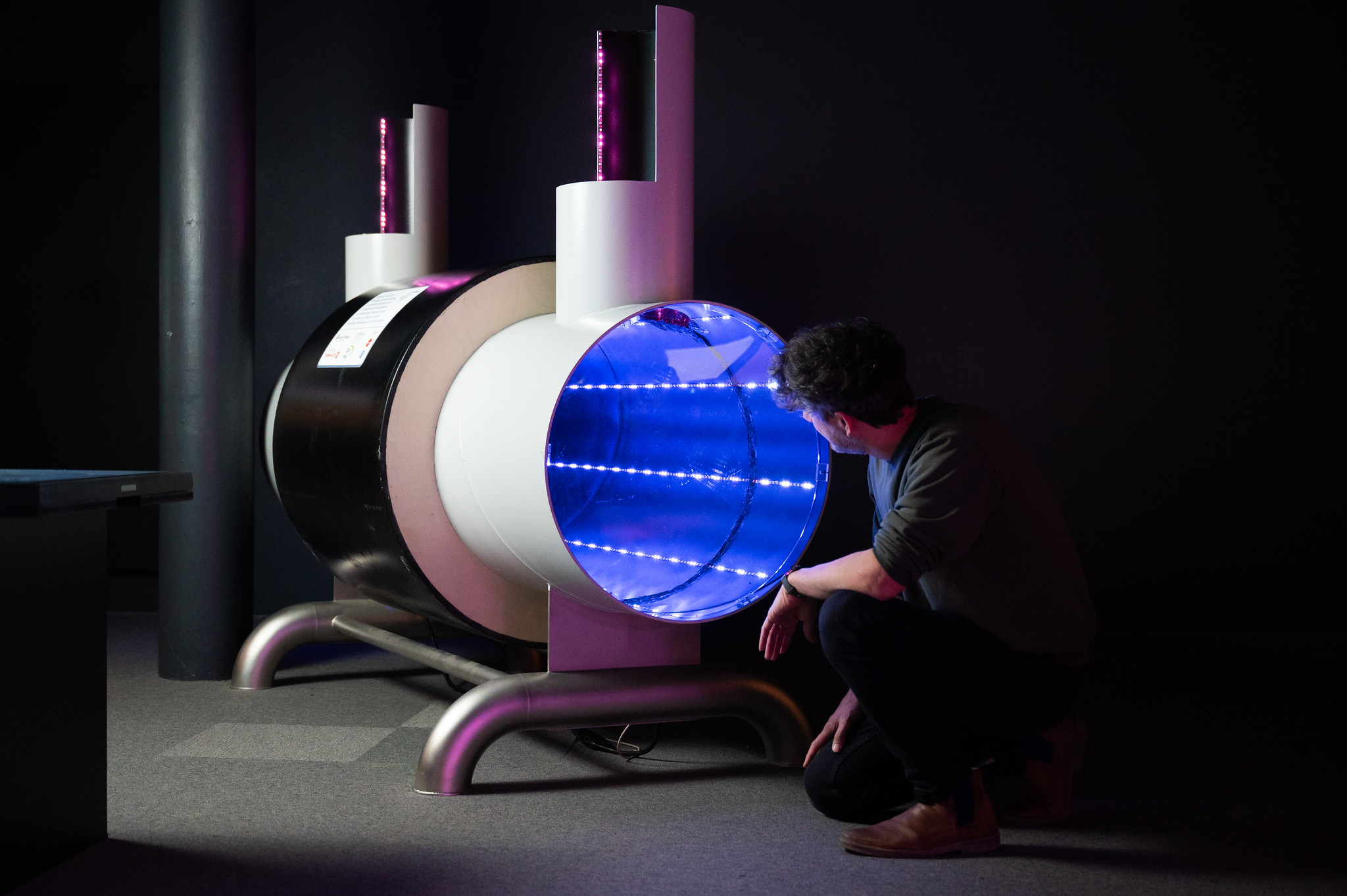How and with what do we distribute the heat energy available to us in an intelligent way? Heat Highway is a model for a network for supraregional heat transport.
The use of industrial waste heat is essential to decarbonizing the heat supply. While the electricity transmission network connects many generation, storage, and consumption units, current options for waste heat injection and interregional exchange are limited.
Heat Highway is a model for such a network between industrial sites with waste heat potential on the one hand and so-called heat sinks on the other hand, for example private households, public buildings or industrial plants that need heat to process their goods. Different sectors (industry, buildings, transport, households) should thus be coupled with each other in order to design thermal energy use as an efficient cycle. A bakery, for example, could use the waste heat from a steel mill to bake with and at the same time minimize its own energy consumption. In this way, the use of fossil energy sources could be greatly reduced or even completely avoided on a seasonal basis.
As an established industrial location, the central region of Upper Austria tends to have more heat sources than sinks. This means that we have a lot of heat energy available. – But how do we distribute it in an intelligent way? The Heat Highway project is investigating all of this.
Credits:
Johannes Kepler Universität Linz, Energieinstitut
Ars Electronica Solutions
